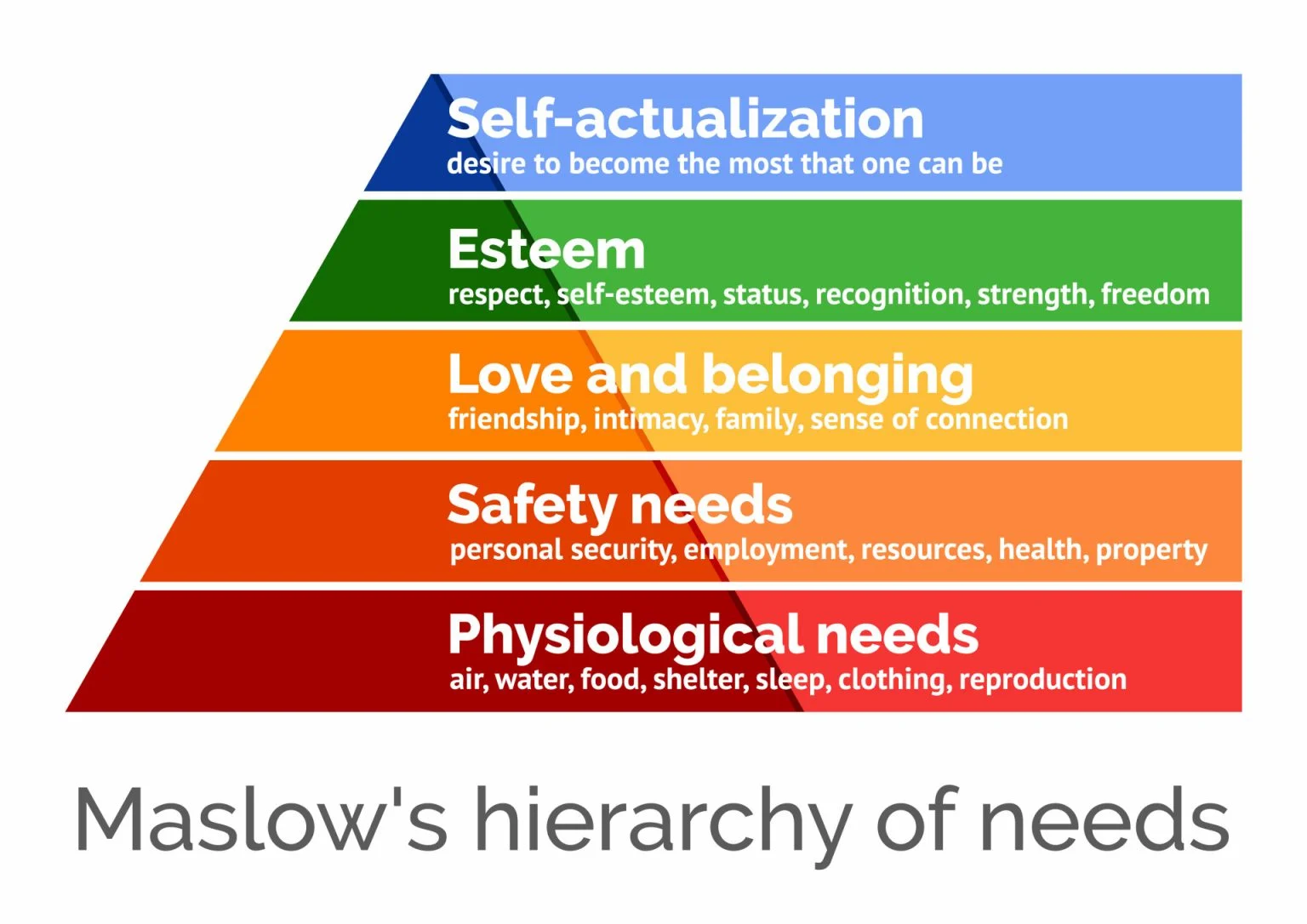Protect from Harm is the first element of the People and Culture at Work Domain Passport of the Uptime® Element Framework, which explains how to create strategies that allow workers to feel safe and secure, a primary need tat psychology identified as early as the last century.

Are safety and security the same thing? No. Safety refers to protection from physical and mental harm, while security refers to financial well-being and job security. That is what the Protect from Harm element is all about, as explained in the People and Culture at Work Domain Passport of the Uptime® Element Framework. While this framework is part of the body of knowledge that every Reliability Leader should know, the concepts developed here transcend the realm of industrial maintenance and asset management, and any committed leader can understand the scope and usefulness of this type of content.

To work with people, you have to start by understanding them, knowing their intrinsic
motivations, and being able to connect with them. However, a leader knows that, regardless of the particular characteristics of their subordinates, they probably share common traits, inclinations, and behaviors related to the basic needs of human beings.
In his work “A Theory of Human Motivation” (1943), American psychologist Abraham Maslow established his eponymous pyramid, in which he ranked human needs into five levels:
1. Basic or Physiological Needs (survival, food, water, sleep)
2. Safety Needs (protection, stability, health, employment, and resources)
3. Social Needs (love, friendship, belonging, family, integration, community)
4. Need for Recognition or Esteem (status, progress, achievements, awards, personal and
professional development)
5. Self-Actualization Needs (creativity, personality development, sense of purpose) usefulness of this type of content.

According to Maslow, these needs motivate behavior, and motivations change or evolve as needs are met. Thus, beyond cultural differences, origins, or environments, human beings share a common desire to feel secure, safe, create, improve, and transcend.
Project from Harm in the context of Reliability Returning to this element of the Uptime® Elements Framework, in the context of Reliability and Industrial Asset Management, safe environments are also the most productive, with a positive work culture and high employee retention rates. It is no coincidence that this element is related to the second of the human needs identified by psychology; simply nothing progresses if there is no safe and stable environment in which the best ideas can flourish and good projects can crystallize. It is a non-negotiable condition: safety comes first.
Project from Harm identifies a series of risks and dangers to avoid biological, physical, chemical, and occupational risks; financial insecurity; physical harm; as well as psychological harm and psychosocial risks. The first two address physical conditions and the environment, while the latter two focus on the emotional and psychological sphere of workers, an issue that reliability leaders must know how to manage with wisdom and empathy.
I would like to delve a little deeper into this article on the importance of protecting people from psychological harm and psychosocial risks in the workplace, because it is an issue that has a very negative impact on productivity, deeply affects people, and calls into question the integrity of the leader and the image of the organization.
- The concept of Psychological Harm includes bias, discrimination, emotional hostility, bullying, and sexual harassment.
- The concept of psychosocial risks includes stress, bullying, and harassment.
A hostile work environment is characterized by a series of events that in some way damage people's dignity or cause fear or intimidation among workers. Organizations must have a strict zero-tolerance policy toward such behavior, whose victims may exhibit symptoms of post-traumatic stress, anxiety, and other conditions.
At the organizational level, hostility and workplace harassment can lead to low productivity, little or no sense of belonging, loss of talent and highly skilled workers, as well as loss of prestige for the organization and damage to its public image.
“The cost of job stress in the U.S. may be as much as $187 billion, with 70 to 90 percent of those losses resulting from declines in productivity” -explains the Project from Harm element in the People and Culture at Work Domain Passport.
Caring for your workers is a matter of labor rights, personal dignity, and social justice, and it is also a matter of profitability, affiliation, and talent retention.
Source:
https://pmc.ncbi.nlm.nih.gov/articles
https://www.verywellmind.com/what-is-maslows-hierarchy-of-needs-4136760







